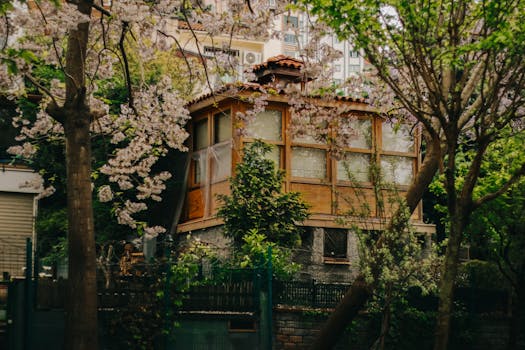
Urban Green Spaces: The Future of Outdoor Living in European Cities by 2025
Urban Green Spaces are becoming increasingly important in European cities, and for good reason. As the world becomes more urbanized, the need for green spaces has never been more pressing. Urban green spaces are not just aesthetically pleasing, but they also provide numerous benefits for both the environment and human health. In this article, we will explore the future of outdoor living in European cities and how urban green spaces are playing a crucial role in shaping it.
Benefits of Urban Green Spaces
Urban green spaces offer a wide range of benefits, including improved air quality, reduced noise pollution, and increased biodiversity. They also provide opportunities for recreation and socialization, helping to combat issues such as obesity and mental health. Furthermore, urban green spaces can help to mitigate the urban heat island effect, reducing the risk of heat-related illnesses and improving overall climate resilience.
Examples of Urban Green Spaces in European Cities
Many European cities are already incorporating urban green spaces into their urban planning strategies. For example, Paris has implemented a range of initiatives, including the creation of green roofs and urban gardens. London has also made significant investments in urban green spaces, including the development of parks and green corridors along the Thames River. Barcelona has implemented a superblock program, which involves converting city streets into pedestrian-friendly green spaces.
Challenges and Opportunities
While urban green spaces offer numerous benefits, there are also challenges to be addressed. One of the main challenges is finding sufficient space in densely populated cities. Additionally, maintaining and funding urban green spaces can be a significant challenge. However, these challenges also present opportunities for innovation and creativity. For example, green walls and green roofs can be used to maximize space, while community-led initiatives can help to raise funds and promote engagement.
Conclusion
In conclusion, urban green spaces are playing a vital role in shaping the future of outdoor living in European cities. As we look to 2025 and beyond, it is essential that we continue to prioritize the development and maintenance of these spaces. By doing so, we can create healthier, more sustainable, and more resilient cities for generations to come.






